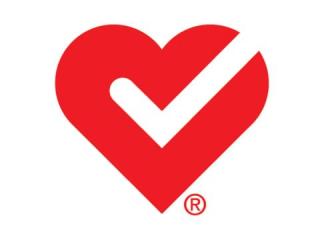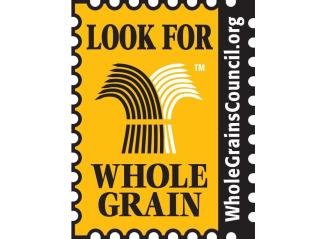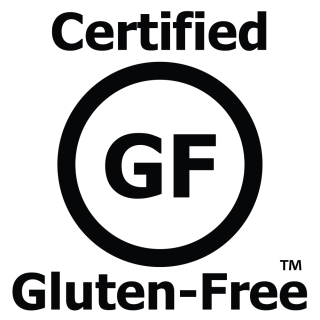Understanding Health-Related Food Certifications
Packaged foods are required by law to display FDA-regulated standardized nutrition labeling and meet rigorous standards if making health-related claims.
It’s also common for food companies to voluntarily include one or more third-party certifications on labels to signify health-related benefits, ingredient attributes, support for certain dietary choices, and more.
[Read more: "Ensuring Shoppers Stick With Their Healthy Eating Resolutions"]
Not all certifications are created equal, however. To qualify for some, foods and beverages must meet stringent testing standards and continuous monitoring by the certifying body to ensure continued compliance. For others, requirements are minimal and monitoring nonexistent.
The on-pack symbols, seals and stamps representing certifications can serve as shortcuts to help shoppers choose foods aligned with their health and nutrition goals — as long as shoppers understand the meanings behind the symbols.
Shoppers should also note that the absence of a certification doesn’t necessarily mean a product is less healthful — the food company might have chosen not to participate. Checking the Nutrition Facts panel and ingredients list is always a good idea.
Retail dietitians are shoppers’ best allies for learning about food certifications through counseling sessions, store tours, cooking demos, online videos and articles, and other channels.

A Sampling of Certifications
There are dozens of certification programs. Information on just a few follows.
Heart-Check Food Certification.In 1995, the American Heart Association (AHA) launched the Heart-Check Food Certification program to help shoppers quickly spot heart-healthy foods throughout the store. The Heart-Check mark on a label means that the food meets strict nutrition criteria based on AHA science recommendations and on FDA/USDA regulatory requirements for making coronary heart disease claims.

Whole Grain Stamp.Eating at least three daily servings of whole grain foods is linked to reduced risk for several chronic health conditions, but most Americans fall short. The Whole Grain Stamp, from the Whole Grains Council, helps shoppers find products containing at least a half serving of whole grains (8 grams or more) per serving of the food.

Certified Gluten-Free. Avoiding gluten, a protein found in wheat, rye, barley and related grains, is essential for people with celiac disease. Gluten-free foods don’t have to be labeled as such, but foods that use the claim must meet FDA’s regulatory definition of fewer than 20 parts per million (ppm) of gluten.
Several third-party groups offer gluten-free food certifications. At minimum, the certifications must comply with FDA’s definition of gluten-free; some certifications have stricter guidelines. For example, the Gluten-Free Certification Organization’s “Certified Gluten Free” mark indicates that a food contains 10 ppm or fewer of gluten.

Non-GMO Project Verified. The FDA and other regulatory groups deem foods containing genetically modified ingredients (GMOs) as safe as non-GMO foods. Shoppers who prefer to avoid GMOs, however, can look for the Non-GMO Project Verified seal on food labels. Qualifying foods must meet rigorous standards from the Non-GMO Project’s Product Verification Program, which dictate that a product contain no more than 0.9% GMOs and undergo continued monitoring and surveillance. Many products carry both the Non-GMO Project Verified seal and a USDA Organic seal, which indicates 95% or more organic content, depending on which USDA seal is displayed.







